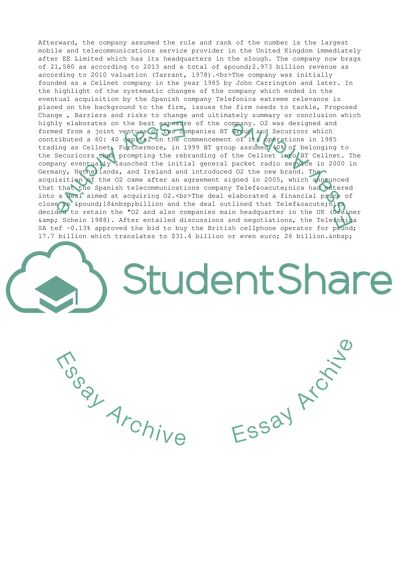Cite this document
(“Spanish Telecommunications: Telefnica UK Limited Case Study”, n.d.)
Spanish Telecommunications: Telefnica UK Limited Case Study. Retrieved from https://studentshare.org/business/1854972-organisational-transformation-in-o2-uk
Spanish Telecommunications: Telefnica UK Limited Case Study. Retrieved from https://studentshare.org/business/1854972-organisational-transformation-in-o2-uk
(Spanish Telecommunications: Telefnica UK Limited Case Study)
Spanish Telecommunications: Telefnica UK Limited Case Study. https://studentshare.org/business/1854972-organisational-transformation-in-o2-uk.
Spanish Telecommunications: Telefnica UK Limited Case Study. https://studentshare.org/business/1854972-organisational-transformation-in-o2-uk.
“Spanish Telecommunications: Telefnica UK Limited Case Study”, n.d. https://studentshare.org/business/1854972-organisational-transformation-in-o2-uk.


